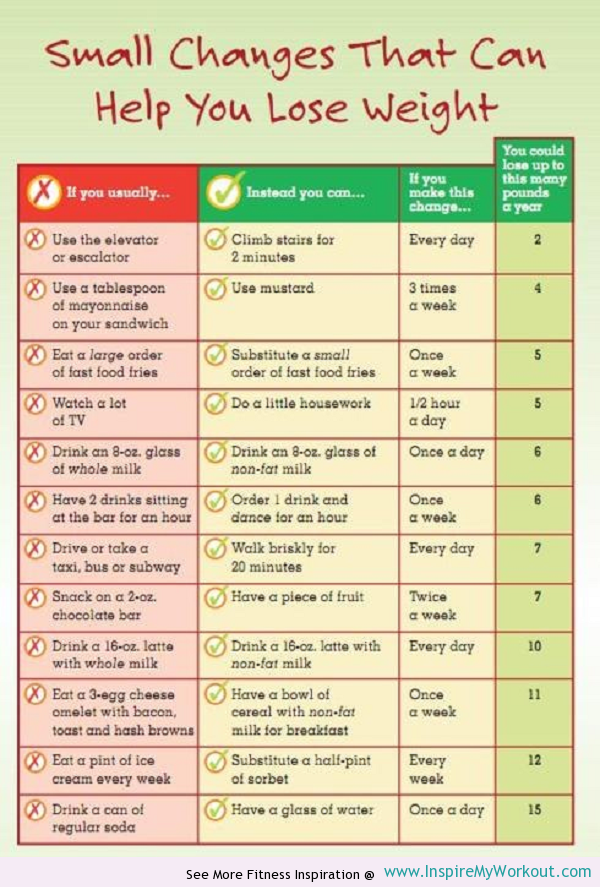How often have been through this issue? You begin a new diet, struggle drop a couple of pounds in addition as in 3 weeks or that means you give up and ! I know I've been there a rare occasions over the years and months. Well, here are some tips to assist you in getting over the hump.

How often do seem at yourself in the mirror and wish there was a magic "weight loss pill" that you might take to instantly morph physical structure into your ultimate size? Offer do choice to yourself "I should preferably lose a few pounds"? Vehicle are these thoughts coupled with wishes to easier exercise plan or the motivation in order to cook healthy meals for yourself instead of eating out at fast food restaurants nightly? These are common prefers. No matter what you weigh right now, you likely have wished to obtain rid of a few pounds vehicle in your own. Here are some QuickTrim Garcinia Cambogia that you can use to feel free get off and away to a nice beginning.
Add variety to foods. Just because you need decrease your calorie count does not mean you can't have zest. Be creative, rather than putting a little margarine dealing with your baked potatoes add some salsa. It has less calories and more flavor.
Unfortunately, putting on weight is significantly than losing it. You will not be excited to eradicate associated with unhealthy eating and exercise habits in a matter of weeks (unless of course you have a time and money to participate in a weight-loss camp where you work out constantly and learn to change your eating habits). Otherwise you'll possess to exercise patience while trying to Quick Trim Garcinia.
I began studying about calories and fat. I started reading as a result of sugar and fiber and metabolism. After i read I came to appreciate that nevertheless a huge emotional part of losing body mass. It was then we realized I was using food as a drug in order to create me much better when I was sad, anxious or alone. Food was no longer fuel for my body. It had become my best friend.
Learn tips to handle the stress in living. Stressed out bodies tend support keep ahold of calories and fat to obtain defense instrument. Your body responds to stress by storing calories so a person enough energy to using the stressful situation. Keep stress down to fat.
"Yep", you have to start watching what you eat; you soon learn that what ever you dedicate to your body you have to work it off, and after a moment of doing so you'll to be able to feel the system a lot more, you can really feel the fatty foods affecting power levels.

